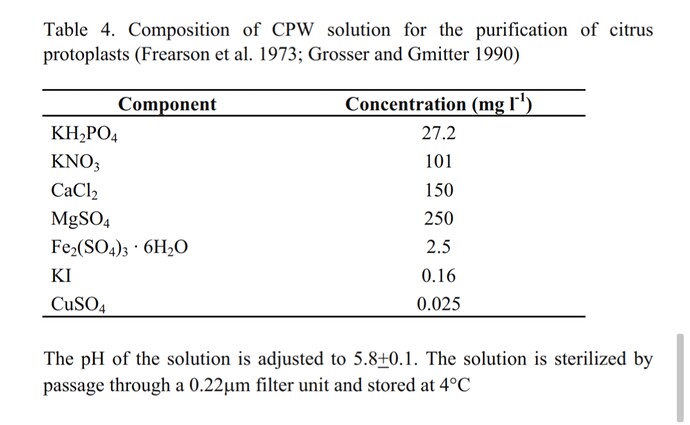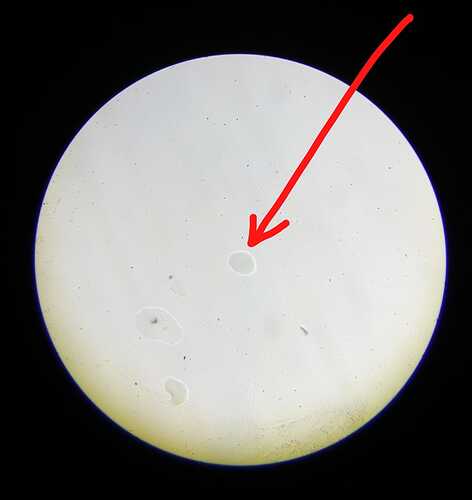Linking what we are learning become essential to understand the concept well rather than rote learning. For this we found out the solution of it, that is by the concept of ONLINE CAUSERIE. Causeries are a mainly informal discussion where we discuss what we did and it has been an essential part of CUBE culture right for the beginning. The rapid evolution of technologies have permitted us or rather opened up the opportunities for us to extend the causerie timing 24*7. Any doubt just put in on the group and there are people waiting to help you out or rather to learn along with you in a collaborative manner. Quoting an example of the same:
On 4/072019 @Lydia of RJ College at 10:05 pm told us about the experiment she performed in the college (her entire text being quoted here)
An experiment was performed: isolation of protoplast.
Protoplasts is the plant cell devoid of cell wall
Small pieces of beetroot are crushed in a mortar using a pestle.
CPW is a cultured protoplast washing medium. This is put along with the beetroot pieces in the mortar.
In this way protoplasts are isolated and purified.
The above process was done by the teachers and provided to us.Using a micropipette, we place a drop of this solution on a clean slide.
And on this drop we place a coverslip.
Then we observe this slide under the microscope (45X).
This was instantly replied by what do you think the teacher may have done? what is a protoplast?
She quoted:
Small pieces of beetroot were put into a mortar…and then they added CPW (culture protoplast washing medium) and with a pestle, they crushed the pieces…like grinding them…and then this solution is made. And this is what was provided to us
Which was again followed up by @Sjuday2527 of KJ Somaiya college asking What is CPW? How will you remove the cell wall material? She quoted:
I don’t have complete knowledge about this CPW…
But as far as I understood…
CPW is used to isolate the protoplasm and also for its purification.
Cell wall is composed of cellulose, pectin, lignin…
If we take the case of cellulose…The enzyme cellulase can break down cellulose which would help in the break down of the cell wall as well…
So there would be other enzymes also to break down the other components of the cell wall
Which was again counter questioned by What exactly is the treatment we need to give to get protoplast from cell suspension of beetroot?
Here is the reply: > There could be 2 ways…
1 is the enzymatic way where we could use enzymes to break down the cell wall and get the protoplast.
The 2nd method is the mechanical or the physical method…where a mortar pestle is used to grind the plant part where we could break down the cell wall
Then again another questioned flanked upon that ** what is CPW which you were referring to?**
CPW is the culture protoplast washing medium where we could purify the protoplast.
Then there was another question what is the use of CPW? What is the use of it? Sir also asked us to search for references and told us that
there is something called **OSMOTICUM
reference- https://www.researchgate.net/publication/227081658_Somatic_Embryogenesis_Protocol_Citrus
Sent by me, which again invited another question what do you deduce from this? I said this
This is the reference for the composition of CPW seeing this it seems like it is used to maintain the salt concentration inside and outside of plant cell
My claim was instantly supported by a reference @Lydia sent stating:
Yes…to maintain the salt concentration inside and out…and also to be careful so that the protoplasm doesn’t burst out…
For purification, the protoplasts suspended in osmoticum are centrifuged using sucrose (20%) solution. The viable protoplasts float on the top surface of the sucrose solution forming a band. These protoplasts are then collected, re-suspended in osmoticum and washed several times.
This reference was followed by another set of question Like what is osmoticum? Is it different from osmolarity? asked by me. We decided to search for it again, we found out. This is just a random piece of example I quoted among the thousands of discussion we have daily.
The technology has given us such a varied opportunity via Google and WhatsApp that questions are not limited to a particular area it can be asked anytime and from anywhere. The concept of CUBE ONLINE CAUSERIE opens up a plethora of opportunities to link with people around India including some of the eminent scientists as well. This itself is a NATIONAL RECORD BREAKING ACHIEVEMENT where a huge number of people gather together to discuss a certain topic for benefit of themselves as well as others.
INITIATION WAS CREATED WAY BEFORE BUT WE THOUGHT TO BRING THAT INTO LIMELIGHT AGAIN
Written by #CUBISTS ![]()
![]()
![]()
![]()
@Lydia @Sjuday2527 @bivasnag

